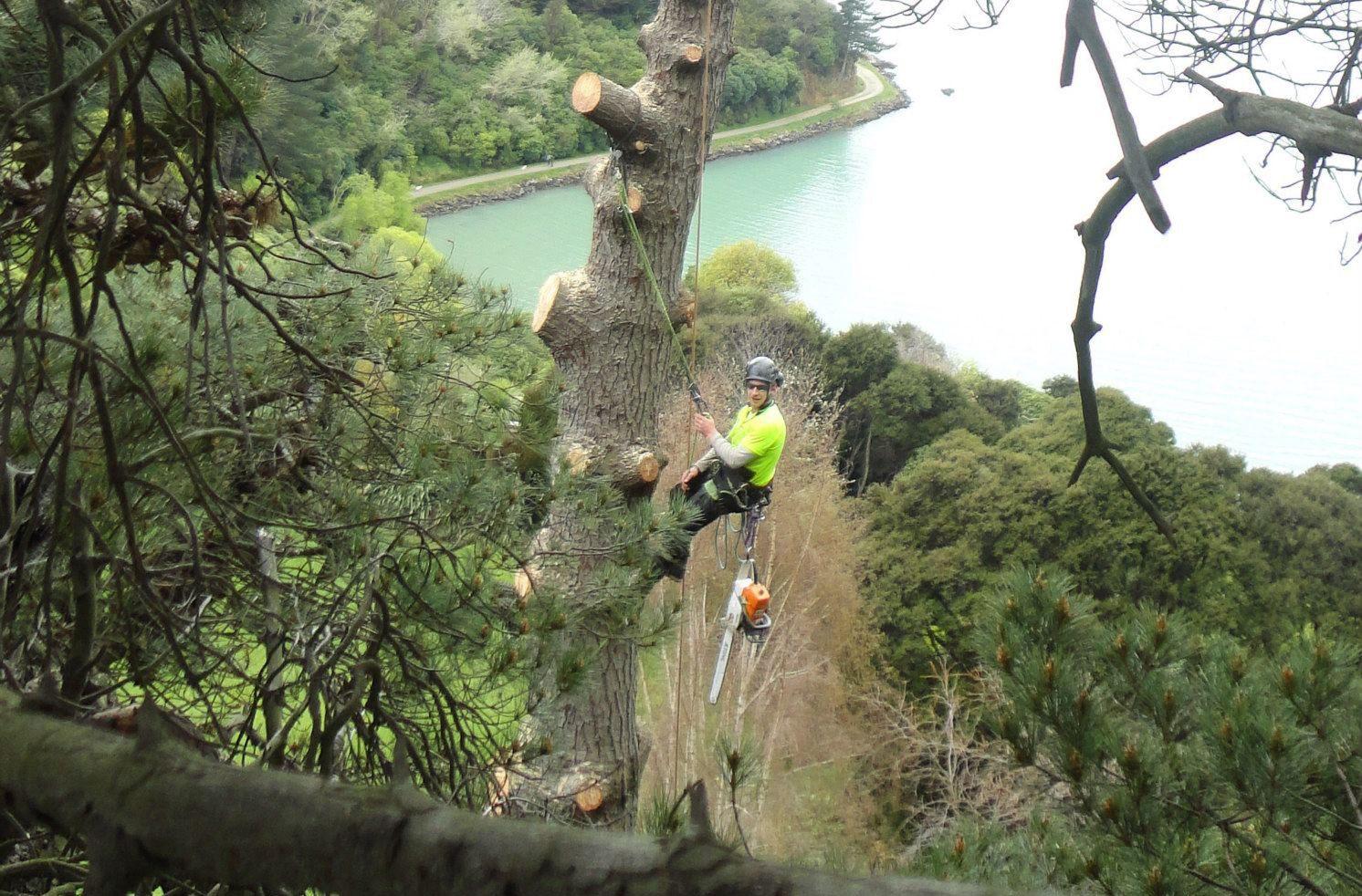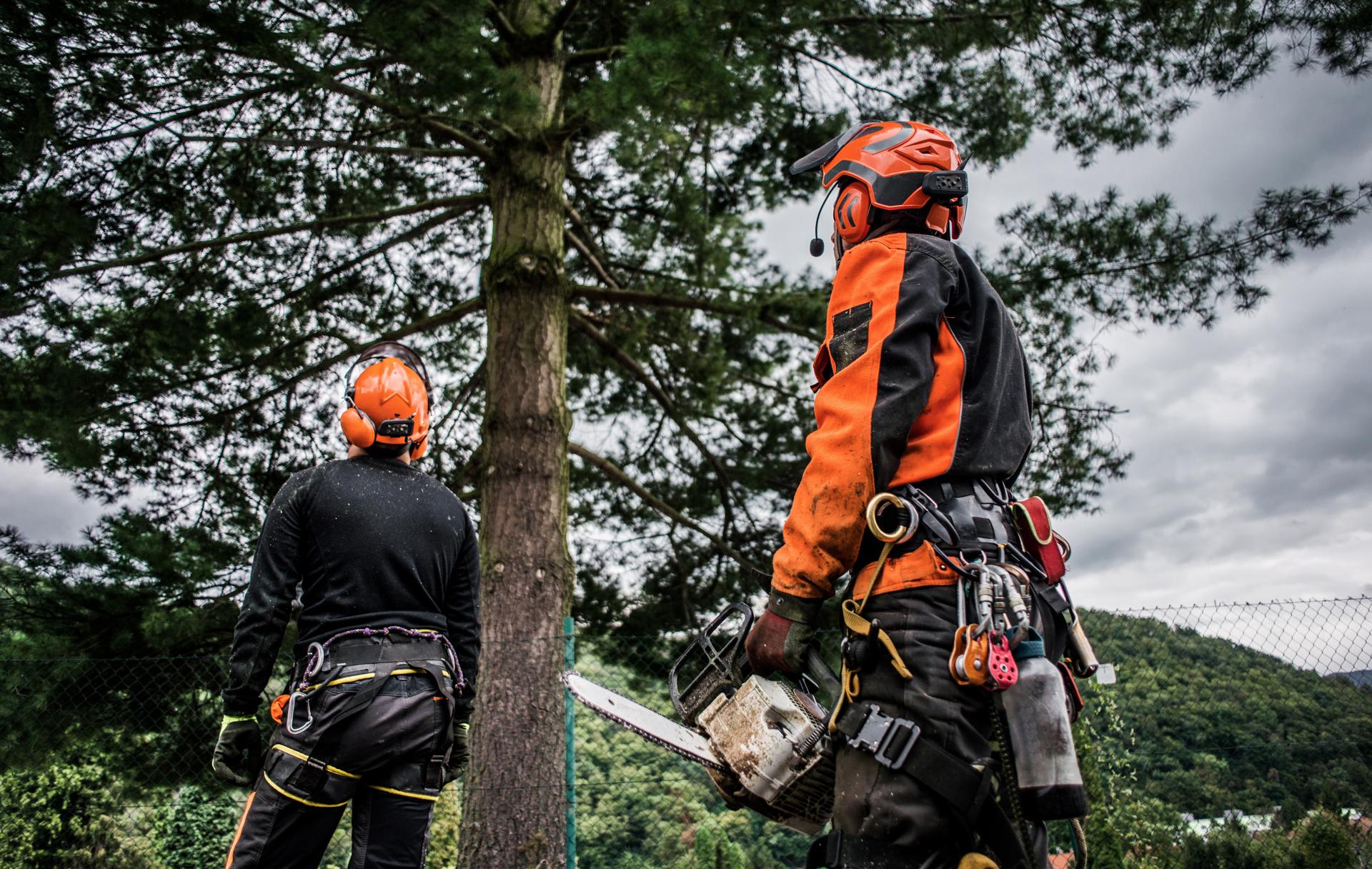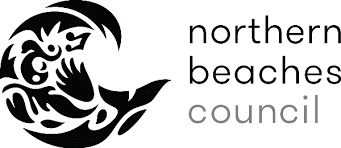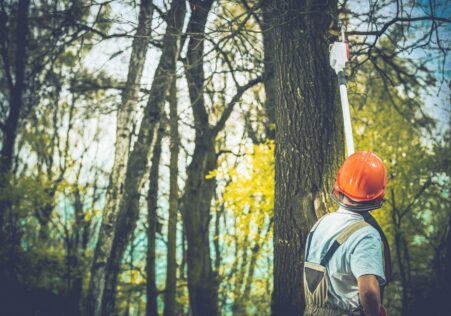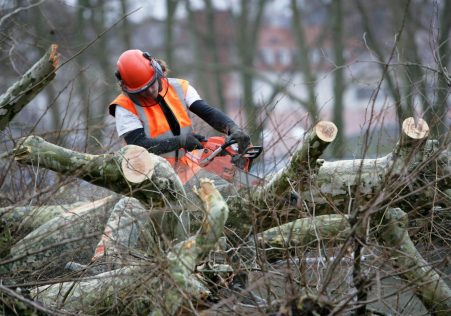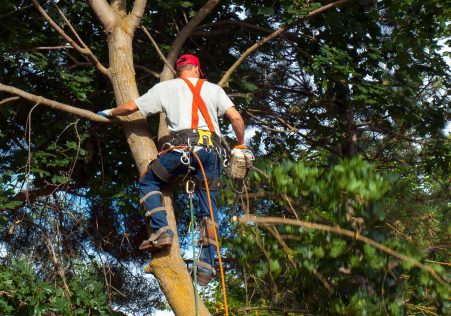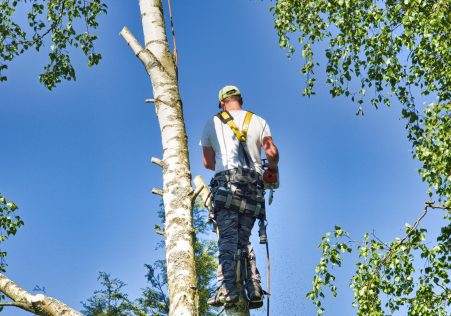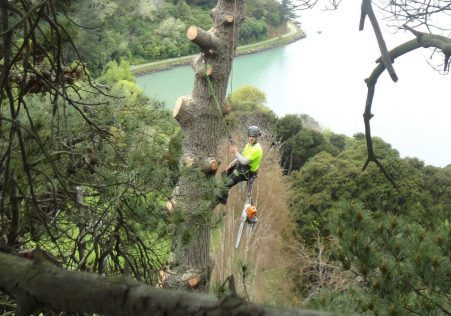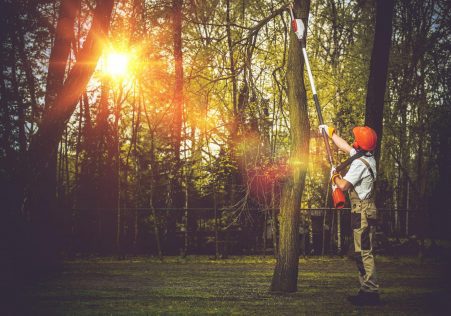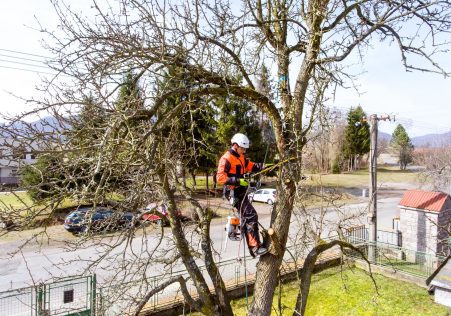The Ultimate Guide to Identifying Protected Trees within Western Sydney
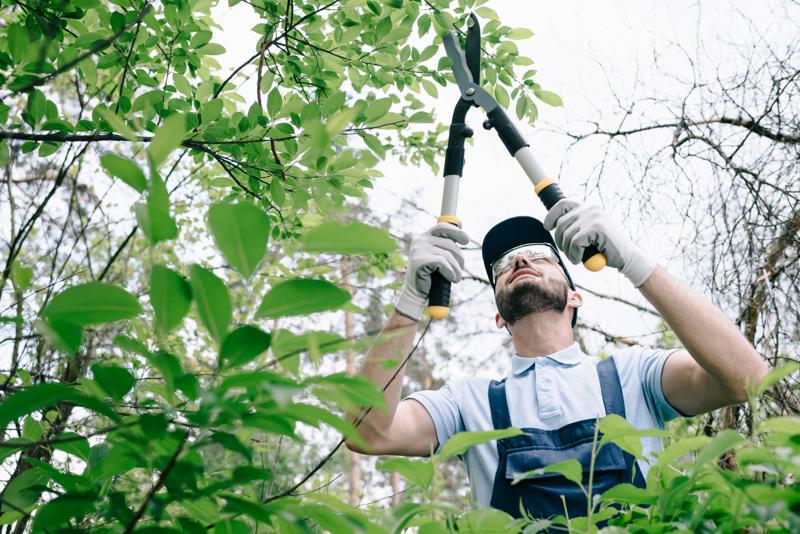
Trees play an important contribution to our ecosystem by providing shade, fresh air, and aesthetic value to our surroundings. However they are not all equal and some carry extra protection status, which makes it illegal to do any activity without authorization. If you’re considering having a tree removed it is essential to know the protection status of the tree you’re considering and the steps you have to take to comply with the laws. This article we’ll guide you through the process of discovering whether the tree is protected and what you need be doing to make sure that you are following the law.
What is a protected tree?
A protected tree has been subjected to certain laws and regulations It is illegal to work on a protected tree without having the appropriate permissions. There are two kinds of protection a tree may have - preservation and protection orders that are statutory.
Statutory protection
As a matter of legal protection, trees are protected by law and are under the control of Tree Preservation Orders (TPOs). TPOs are enacted by local authorities in order to protect trees with a significant public value and to ensure that they are not damaged or destroyed.
Preservation orders
Preservation orders are similar to TPOs but are issued from the Secretary of State responsible for Environment. Trees with preservation orders are considered to have exceptional value and are shielded from any kind of work, including cutting down.
How do I know when a tree is in danger?
To determine if the tree is protected, you will need to determine if the tree is under an TPO or preservation order. This can be done by contacting your local authority and asking them to check their archives.
TPO search
To find the TPO, you can contact an Tree or Woodland Official of your local authority, who will be able to tell you if the tree is protected. They’ll also be able to advise you about the next steps to do if your tree is protected.
Preservation order search
In order to search for a preservation order, you must contact the Secretary of State for the Environment. They will determine whether the tree is in the protected zone and will provide the necessary information and guidance.
FAQs:
What is the consequence if I do work on a protected tree without permission?
If you do work on a tree that is protected without the proper permissions, you could face massive fines or even prison.
Can I contest a TPO or preservation order?
Yes, you are able to appeal to a TPO or preservation order if that it is not justified. But, you’ll need to provide evidence to support your case and show your argument as to why it is not necessary to appeal the TPO or order to preserve is not necessary.
Can I cut down a tree that is protected tree?
It is against the law to remove trees that are protected without the necessary permissions. If you want removal of the tree then you must apply for permission and provide proof to back your claim.
Conclusion
In conclusion, discovering whether trees are protected is a vital step in ensuring that any tree work is legally completed. If you know the various types of protection and the best way to identify them it is possible to be sure that you’re in compliance with the law and are protecting the trees that you are responsible for. If you are unsure about the protection status of a tree, we recommend consulting an experienced tree expert like Western Sydney Tree Lopping. Our arborists are experienced and will be able to inform you on the protection status of your trees, and will guide you through the required steps to ensure you are acting within the law. With our experience and dedication to providing top-quality tree care we will help you maintain the beauty and worth that your trees have. Contact us now by calling 1300 501 785 to schedule a consultation, and let us assist you to ensure that your trees are protected and healthy.

